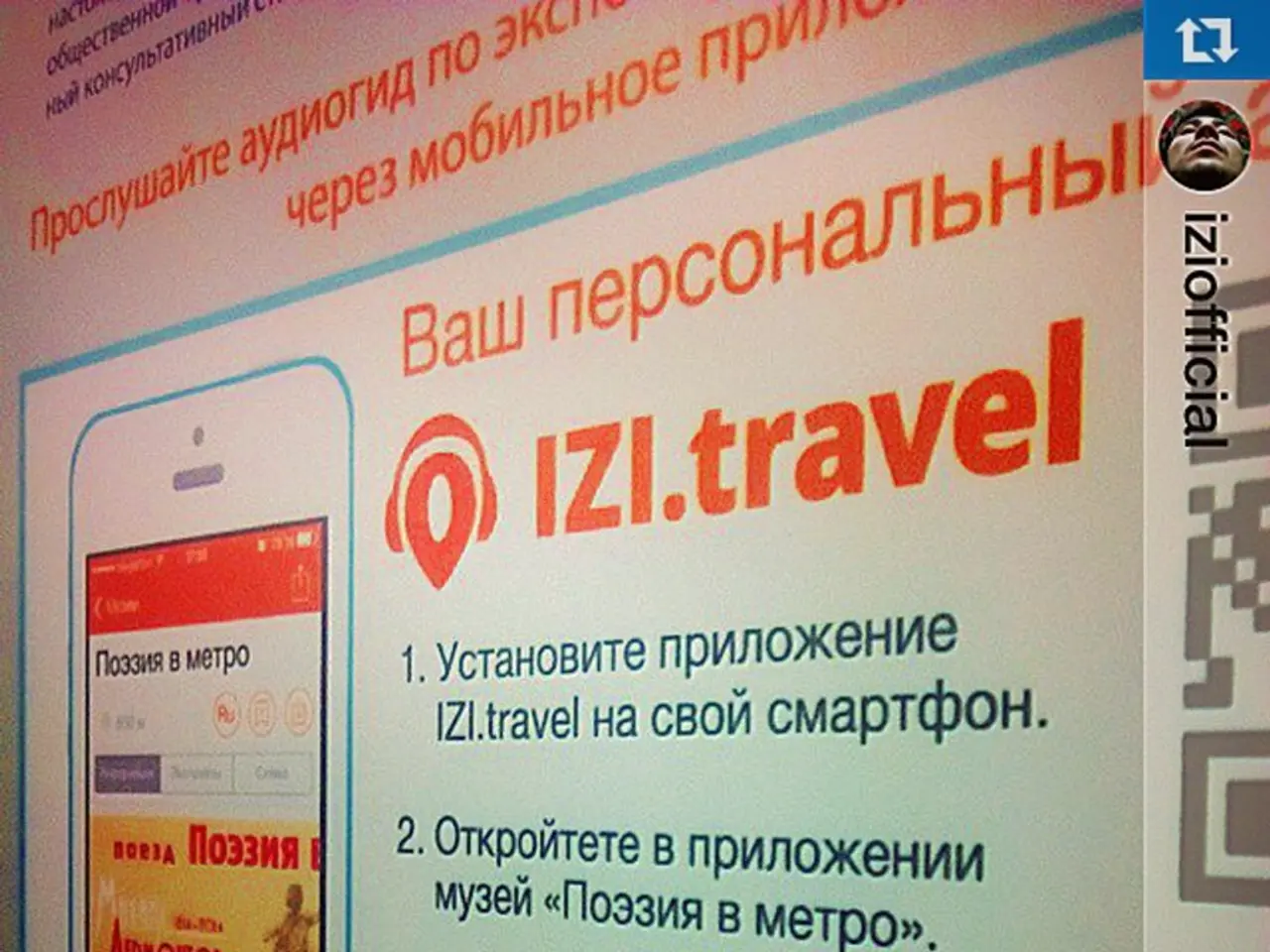Advertising through Augmented Reality (AR): An Overview
Augmented Reality (AR) technology is revolutionising the advertising industry, offering businesses a unique way to engage with consumers and gain a competitive edge. Here's a look at how AR is reshaping marketing trends and delivering impressive results.
Advantages of AR Advertising
AR technology can significantly boost engagement, enhance brand awareness, improve customer education, increase sales, and provide a competitive advantage. It offers a fresh approach to promoting products, services, and brands, providing an interactive and immersive experience for consumers.
Challenges and Limitations
However, there are challenges and limitations to consider. AR technology can be expensive to develop high-quality AR advertisements, and not all users may be comfortable using AR due to technical limitations. Technical issues such as slow loading times, poor image quality, and device compatibility can also limit the effectiveness of AR advertisements.
Rapid Advancements and Accessibility
Despite these challenges, AR technology is rapidly advancing, making it more accessible to businesses of all sizes. This accessibility is driving the growth of AR advertising, which is poised to become a major marketing trend in the coming years.
Successful AR Advertising Campaigns
Some notable successful AR advertising campaigns in 2025 demonstrate how AR is delivering strong business outcomes. For instance, Nike's AR campaign on Snapchat and TikTok boosted online sales by 30%, while L'Oréal reported 3 times higher conversion rates through virtual try-on AR experiences.
Other successful campaigns include Samsung's high efficiency of AR marketing for electronics brands, Uber's personalised, seasonal AR content, Coldplay's immersive album promotion, Pepsi's interactive summer campaign, and environmental campaigns that brought invisible pollution risks to life.
Winning AR Campaign Strategies
These successful campaigns highlight several winning strategies. Integrating AI with AR for personalised and dynamic content at scale, aligning AR experiences with brand stories or seasonal contexts, using AR to enable virtual try-ons or product exploration, leveraging social platforms with huge AR user bases, combining physical triggers with AR experiences for seamless digital engagement, and building immersive, authentic fan experiences are all key strategies.
Future of AR Advertising
When done strategically, AR marketing delivers 2-3 times better recall and ROI, greater interactive engagement, and measurable commercial impact, setting a new standard for digital advertising. As AR technology continues to advance and become more accessible, it's clear that it will play a significant role in the future of advertising.
However, it's important to note that AR advertisements may not work across all devices or platforms due to lack of standardization, and they can interfere with the user's real-world experience, potentially being distracting or dangerous in certain situations.
In conclusion, while AR advertising presents some challenges, its potential to boost engagement, increase brand awareness, and drive sales makes it an exciting and promising marketing strategy. As businesses continue to explore and innovate with AR technology, we can expect to see even more impressive results in the future.
[1] [Source] [2] [Source] [3] [Source] [4] [Source] [5] [Source]
Smartphones and gadgets with AR capabilities are essential for businesses to tap into the growing AR advertising market, as a significant number of users interact with AR content through these devices. The use of AR technology in marketing can result in improved customer education, increased sales, and a competitive advantage.
However, it's crucial for businesses to understand the limitations of AR advertising, such as the high cost of developing high-quality AR advertisements, technical issues, and device compatibility concerns. These challenges can be addressed with advancements in technology and innovative strategies, making AR advertising more accessible and effective for businesses of all sizes.




